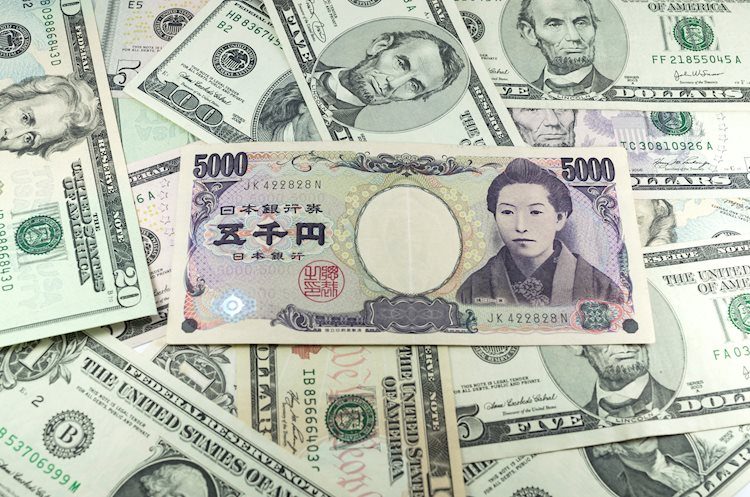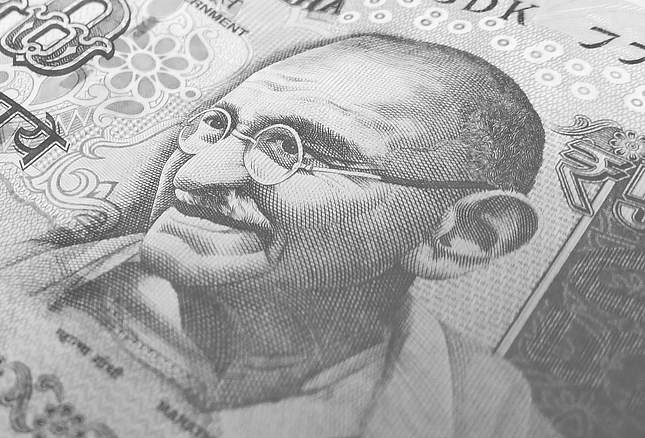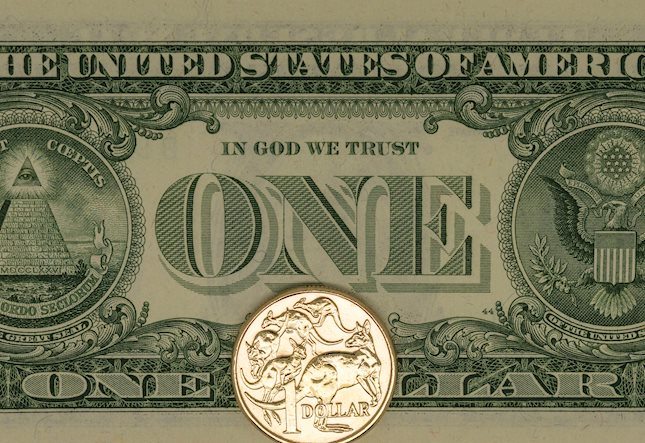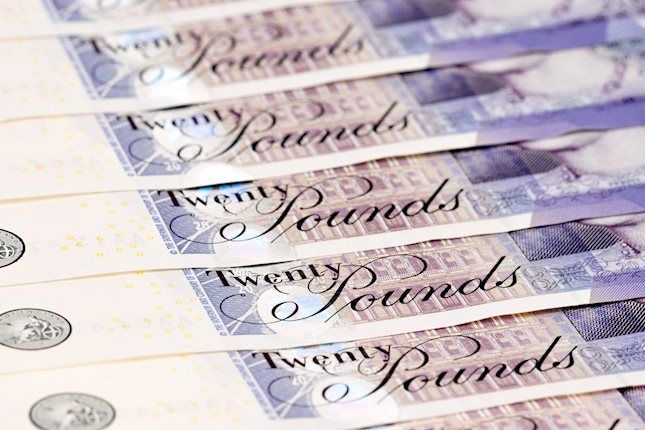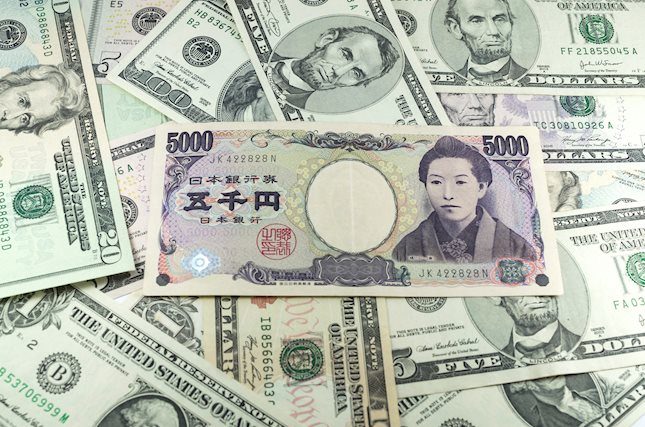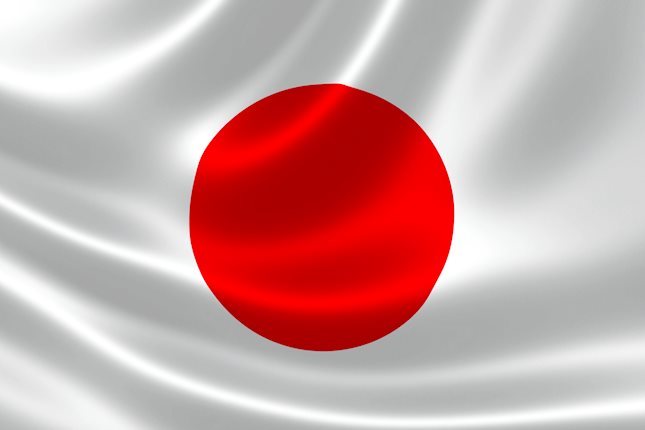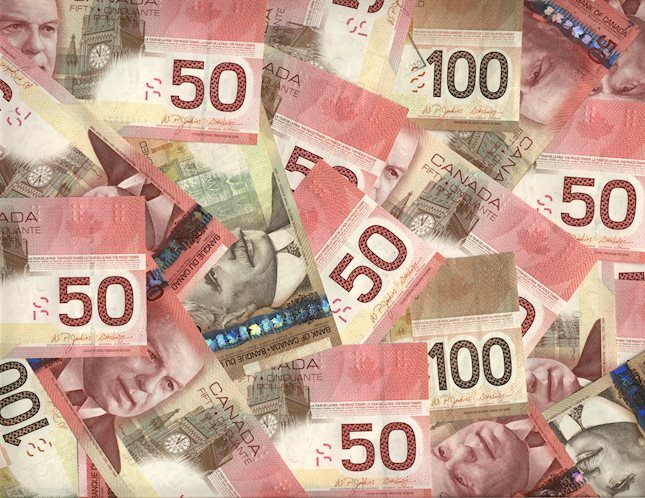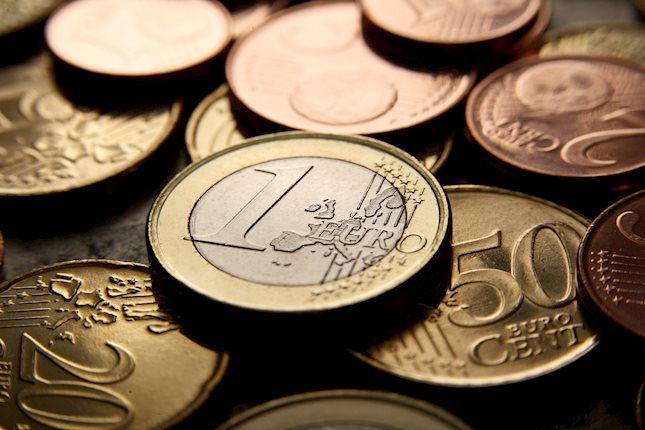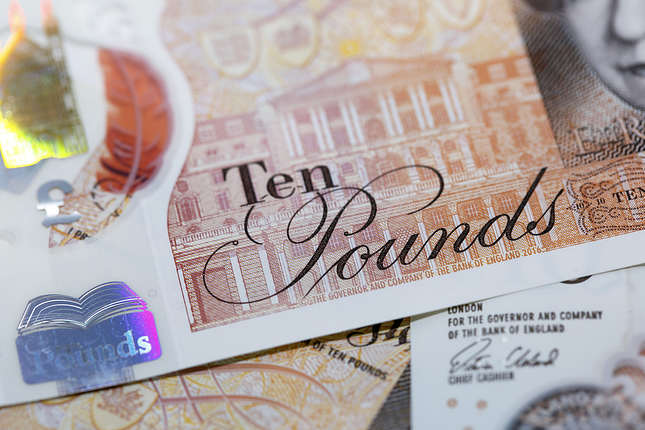Japanese Yen sticks to modest recovery gains; BoJ uncertainty to cap the upside
- The Japanese Yen edges higher on Thursday after some verbal intervention from officials.
- The BoJ rate-hike uncertainty should cap the JPY ahead of the general election on Sunday.
- Bets for a less aggressive Fed easing should offer some support to the USD and USD/JPY.
The Japanese Yen (JPY) gains some positive traction following verbal intervention from officials on Thursday and recovers a part of its heavy weekly losses registered over the past three days. This, along with a modest US Dollar (USD) pullback from a three-month top drags the USD/JPY pair away from its highest level since July 31, around the 153.20 area touched on Wednesday. Any further JPY appreciation, however, seems elusive amid doubts over the Bank of Japan's (BoJ) ability to hike interest rates further this year on the back of election-related uncertainty in Japan.
Furthermore, firming expectations for a less aggressive policy easing by the Federal Reserve (Fed), along with deficit-spending concerns after the US election, should keep the US bond yields elevated and limit the downside for the USD. This might further contribute to capping the upside for the lower-yielding JPY. Hence, it will be prudent to wait for strong follow-through buying before confirming that the JPY has bottomed out in the near term and positioning for a counter-trend USD/JPY move. Traders now look to the flash global PMI prints to grab short-term opportunities.
Daily Digest Market Movers: Japanese Yen attracts some buyers after verbal intervention from authorities
- Japan's Finance Minister Katsunobu Kato expressed concern over one-sided, rapid moves in the currency market and reiterated that it is desirable for currencies to move stably reflecting economic fundamentals
- Adding to this, Japan's Deputy Chief Cabinet Secretary Kazuhiko Aoki said this Thursday that the government is watching FX moves closely, including speculative moves, with a sense of urgency.
- A private-sector survey released earlier today showed that business activity in Japan's manufacturing and services sectors contracted in October, pointing to weaker overall economic conditions in the country.
- The Au Jibun Bank flash Manufacturing PMI declined to 49.0 in October from the 49.7 previous, marking the fourth straight month of contraction on the back of subdued local and overseas demand, and weak orders.
- Adding to this, the au Jibun Bank flash services PMI contracted for the first time since June and fell to 49.3 during the reported month, while the composite PMI dropped to 49.4 in October from 52 in the prior month.
- Recent opinion polls indicate that Japan's ruling Liberal Democratic Party (LDP) could lose its majority after the upcoming general election on October 27, fueling uncertainty about the Bank of Japan's rate-hike plans.
- The yield on the benchmark 10-year US government bond shot to a three-month high on Wednesday amid market conviction that the Federal Reserve will proceed with modest interest rate cuts over the next year.
- The odds of former President Donald Trump winning the November 5 US presidential election fuel speculations about the launch of potentially inflation-generating tariffs that will keep the US bond yields elevated.
- The US Dollar retreated a bit from its highest level since late July touched on Wednesday as bulls opt to take some profits off the table following the recent upsurge witnessed since the beginning of this month.
- The release of flash US PMI prints, along with the US bond yields, will influence the USD price dynamics later during the North American session and provide short-term impetus to the USD/JPY pair.
Technical Outlook: USD/JPY bulls have the upper hand while above 200-day SMA, 152.00 mark holds the key
From a technical perspective, Tuesday's breakout above the 150.65 confluence hurdle and the 200-day Simple Moving Average (SMA) was seen as a fresh trigger for bullish traders. The subsequent move up, however, stalls near the 61.8% Fibonacci retracement level of the July-September downfall amid a slightly overbought Relative Strength Index (RSI) on the daily chart. The said barrier is pegged near the 153.20 area and should now act as a key pivotal point, which if cleared decisively should pave the way for an extension of over a one-month-old uptrend. The USD/JPY pair might then aim to reclaim the 154.00 mark and climb further towards the 154.30 supply zone. The momentum could extend further towards the 154.75 horizontal zone en route to the 155.00 psychological mark and the July 30 swing high, around the 155.20 region.
On the flip side, any meaningful corrective slide now seems to find decent support near the 152.00 round figure. A convincing break below could drag the USD/JPY pair further towards the 151.45-151.40 intermediate support en route to the 151.00 mark, though the fall might still be seen as a buying opportunity. This should help limit the downside near the aforementioned confluence resistance breakpoint, now turned support, near the 150.65 region, which should now act as a strong base for spot prices. Sustained weakness below, however, will suggest that the upward momentum has run out of steam and shift the near-term bias in favor of bearish traders.
Fed FAQs
Monetary policy in the US is shaped by the Federal Reserve (Fed). The Fed has two mandates: to achieve price stability and foster full employment. Its primary tool to achieve these goals is by adjusting interest rates. When prices are rising too quickly and inflation is above the Fed’s 2% target, it raises interest rates, increasing borrowing costs throughout the economy. This results in a stronger US Dollar (USD) as it makes the US a more attractive place for international investors to park their money. When inflation falls below 2% or the Unemployment Rate is too high, the Fed may lower interest rates to encourage borrowing, which weighs on the Greenback.
The Federal Reserve (Fed) holds eight policy meetings a year, where the Federal Open Market Committee (FOMC) assesses economic conditions and makes monetary policy decisions. The FOMC is attended by twelve Fed officials – the seven members of the Board of Governors, the president of the Federal Reserve Bank of New York, and four of the remaining eleven regional Reserve Bank presidents, who serve one-year terms on a rotating basis.
In extreme situations, the Federal Reserve may resort to a policy named Quantitative Easing (QE). QE is the process by which the Fed substantially increases the flow of credit in a stuck financial system. It is a non-standard policy measure used during crises or when inflation is extremely low. It was the Fed’s weapon of choice during the Great Financial Crisis in 2008. It involves the Fed printing more Dollars and using them to buy high grade bonds from financial institutions. QE usually weakens the US Dollar.
Quantitative tightening (QT) is the reverse process of QE, whereby the Federal Reserve stops buying bonds from financial institutions and does not reinvest the principal from the bonds it holds maturing, to purchase new bonds. It is usually positive for the value of the US Dollar.
Forex News
Keep up with the financial markets, know what's happening and what is affecting the markets with our latest market updates. Analyze market movers, trends and build your trading strategies accordingly.
